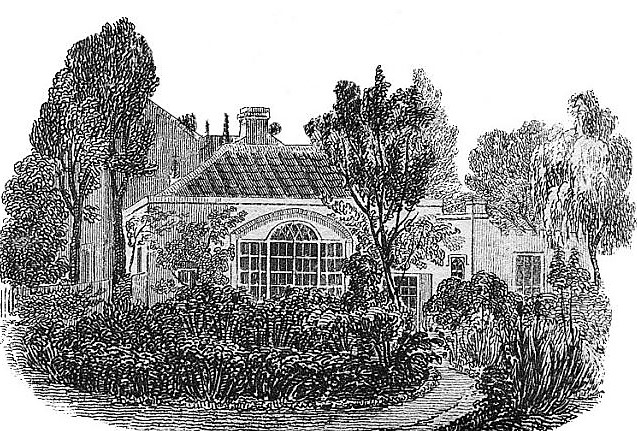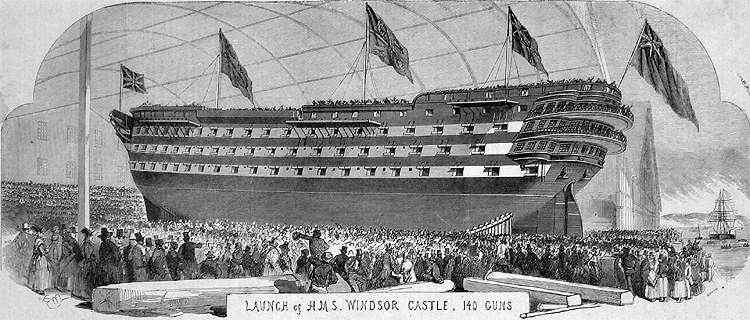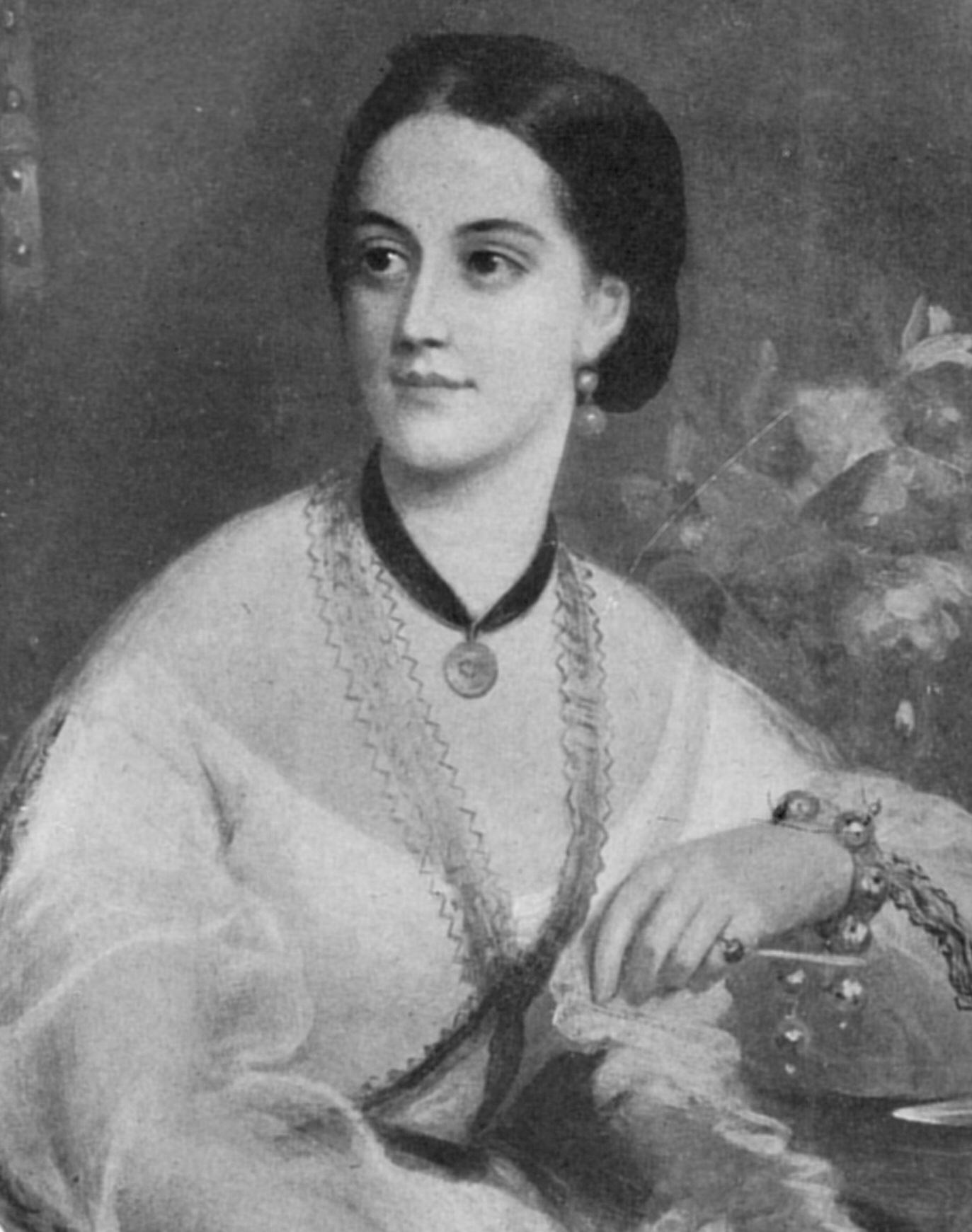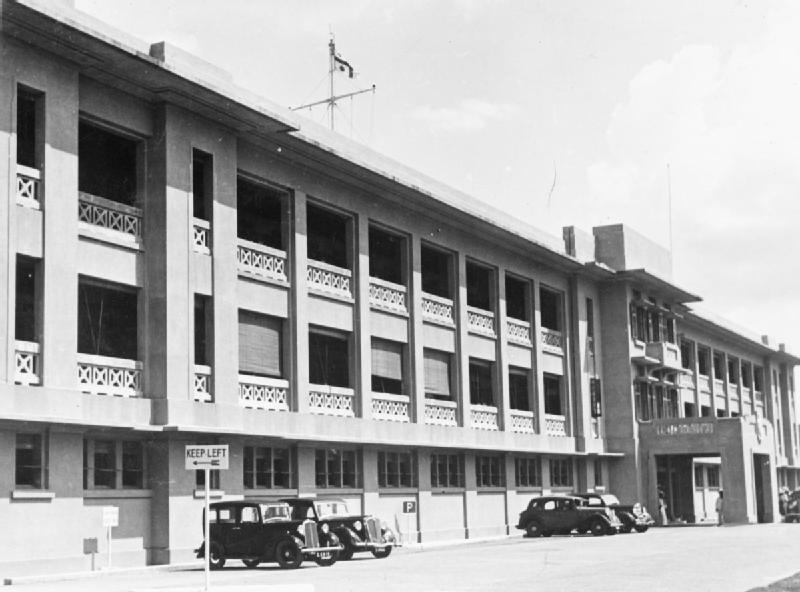|
HMS Donegal (1858)
HMS ''Donegal'' was a 101-gun screw-driven first-rate ship of the line of the Royal Navy, launched on 23 September 1858 at Devonport Dockyard. Upon commissioning she sailed to Liverpool to recruit a crew. She then joined the Channel Squadron, where she took part in a number of fleet reviews. In November 1861 she was one of a number of ships transporting troops to Mexico, and in February 1862 she assisted the recovery of equipment and stores from the wreck of her sister HMS ''Conqueror''. On 28 October 1859 William Hall was awarded his Victoria Cross aboard the ''Donegal'' whilst she was anchored in Queenstown. She spent several years as a coastguard vessel at Liverpool. She took the last surrender of the American Civil War on 6 November 1865 when the CSS ''Shenandoah'' surrendered after travelling 9,000 miles (14,500 km) to do so. The ''Shenandoah'' had originally been in the Pacific Ocean when news reached her of the end of the Civil War, necessitating such a lon ... [...More Info...] [...Related Items...] OR: [Wikipedia] [Google] [Baidu] |
John Cantiloe Joy And William Joy
The brothers John Cantiloe Joy (4 June 1805 – 10 August 1859), and William Joy (4 November 1803 – 22 March 1865), were English marine artists, who lived and worked together. They belonged to the Norwich School of painters, considered to be a unique phenomenon in the history of British art and the most important school of painting of 19th century England. Born in Southtown (now a part of Great Yarmouth) in the English county of Norfolk, and from a working-class background, they were both expected to become tradesmen. Their talents were recognised by the inventor George William Manby, who became their patron and mentor. In 1818, he provided them with a studio, and trained them to become skilled marine artists. After two years, Manby mounted an exhibition of their work. During the 1820s, the brothers' paintings were exhibited at the Norwich Society of Artists, the Royal Society of British Artists, the Royal Academy and at the British Institution. William moved to London in ... [...More Info...] [...Related Items...] OR: [Wikipedia] [Google] [Baidu] |
American Civil War
The American Civil War (April 12, 1861 – May 26, 1865; also known by Names of the American Civil War, other names) was a civil war in the United States. It was fought between the Union (American Civil War), Union ("the North") and the Confederate States of America, Confederacy ("the South"), the latter formed by U.S. state, states that had secession, seceded. The central Origins of the American Civil War, cause of the war was the dispute over whether Slavery in the United States, slavery would be permitted to expand into the western territories, leading to more slave states, or be prevented from doing so, which was widely believed would place slavery on a course of ultimate extinction. Timeline of events leading to the American Civil War, Decades of political controversy over slavery were brought to a head by the victory in the 1860 United States presidential election, 1860 U.S. presidential election of Abraham Lincoln, who opposed slavery's expansion into the west. ... [...More Info...] [...Related Items...] OR: [Wikipedia] [Google] [Baidu] |
Hulk (ship)
A hulk is a ship that is afloat, but incapable of going to sea. Hulk may be used to describe a ship that has been launched but not completed, an abandoned wreck or shell, or to refer to an old ship that has had its rigging or internal equipment removed, retaining only its buoyant qualities. The word hulk also may be used as a verb: a ship is "hulked" to convert it to a hulk. The verb was also applied to crews of Royal Navy ships in dock, who were sent to the receiving ship for accommodation, or "hulked". Hulks have a variety of uses such as housing, prisons, salvage pontoons, gambling sites, naval training, or cargo storage. In the days of sail, many hulls served longer as hulks than they did as functional ships. Wooden ships were often hulked when the hull structure became too old and weak to withstand the stresses of sailing. More recently, ships have been hulked when they become obsolete or when they become uneconomical to operate. Sheer hulk A sheer hulk (or shear hulk) wa ... [...More Info...] [...Related Items...] OR: [Wikipedia] [Google] [Baidu] |
Paid Off
Ship commissioning is the act or ceremony of placing a ship in active service and may be regarded as a particular application of the general concepts and practices of project commissioning. The term is most commonly applied to placing a warship in active duty with its country's military forces. The ceremonies involved are often rooted in centuries-old naval tradition. Ship naming and launching endow a ship hull with her identity, but many milestones remain before she is completed and considered ready to be designated a commissioned ship. The engineering plant, weapon and electronic systems, galley, and other equipment required to transform the new hull into an operating and habitable warship are installed and tested. The prospective commanding officer, ship's officers, the petty officers, and seamen who will form the crew report for training and familiarization with their new ship. Before commissioning, the new ship undergoes sea trials to identify any deficiencies needing correct ... [...More Info...] [...Related Items...] OR: [Wikipedia] [Google] [Baidu] |
Portsmouth
Portsmouth ( ) is a port and city in the ceremonial county of Hampshire in southern England. The city of Portsmouth has been a unitary authority since 1 April 1997 and is administered by Portsmouth City Council. Portsmouth is the most densely populated city in the United Kingdom, with a population last recorded at 208,100. Portsmouth is located south-west of London and south-east of Southampton. Portsmouth is mostly located on Portsea Island; the only English city not on the mainland of Great Britain. Portsea Island has the third highest population in the British Isles after the islands of Great Britain and Ireland. Portsmouth also forms part of the regional South Hampshire conurbation, which includes the city of Southampton and the boroughs of Eastleigh, Fareham, Gosport, Havant and Waterlooville. Portsmouth is one of the world's best known ports, its history can be traced to Roman times and has been a significant Royal Navy dockyard and base for centuries. P ... [...More Info...] [...Related Items...] OR: [Wikipedia] [Google] [Baidu] |
Receiving Ship
A hulk is a ship that is afloat, but incapable of going to sea. Hulk may be used to describe a ship that has been launched but not completed, an abandoned wreck or shell, or to refer to an old ship that has had its rigging or internal equipment removed, retaining only its buoyant qualities. The word hulk also may be used as a verb: a ship is "hulked" to convert it to a hulk. The verb was also applied to crews of Royal Navy ships in dock, who were sent to the receiving ship for accommodation, or "hulked". Hulks have a variety of uses such as housing, prisons, salvage pontoons, gambling sites, naval training, or cargo storage. In the days of sail, many hulls served longer as hulks than they did as functional ships. Wooden ships were often hulked when the hull structure became too old and weak to withstand the stresses of sailing. More recently, ships have been hulked when they become obsolete or when they become uneconomical to operate. Sheer hulk A sheer hulk (or shear hulk) wa ... [...More Info...] [...Related Items...] OR: [Wikipedia] [Google] [Baidu] |
HMS Duke Of Wellington (1852)
HMS ''Duke of Wellington'' was a 131-gun first-rate ship of the line of the Royal Navy. Launched in 1852, she was symptomatic of an era of rapid technological change in the navy, being powered both by sail and steam. An early steam-powered ship, she was still fitted with towering masts and trim square-set yards, and was the flagship of Sir Charles Napier. Design and construction First christened HMS ''Windsor Castle'', she was the first of a class of four that represented the ultimate development of the wooden three-decker ship of the line which had been the mainstay capital ship in naval warfare for 200 years. She was originally ordered in 1841 to a design of Sir William Symonds, the Surveyor of the Navy, but was not laid down until May 1849 at Pembroke Dock by which time Symonds had resigned and the design had been modified by the Assistant Surveyor John Edye. At this stage the ship was still intended as a sailing vessel. Although the Royal Navy had been using steam power ... [...More Info...] [...Related Items...] OR: [Wikipedia] [Google] [Baidu] |
John Fisher, 1st Baron Fisher
John Arbuthnot Fisher, 1st Baron Fisher, (25 January 1841 – 10 July 1920), commonly known as Jacky or Jackie Fisher, was a British Admiral of the Fleet. With more than sixty years in the Royal Navy, his efforts to reform the service helped to usher in an era of modernisation which saw the supersession of wooden sailing ships armed with muzzle-loading cannon by steel-hulled battlecruisers, submarines and the first aircraft carriers. Fisher has a reputation as an innovator, strategist and developer of the navy rather than as a seagoing admiral involved in major battles, although in his career he experienced all these things. When appointed First Sea Lord in 1904 he removed 150 ships then on active service which were no longer useful and set about constructing modern replacements, developing a modern fleet prepared to meet Germany during the First World War. Fisher saw the need to improve the range, accuracy and rate-of-fire of naval gunnery, and became an early proponent of ... [...More Info...] [...Related Items...] OR: [Wikipedia] [Google] [Baidu] |
William Nathan Wrighte Hewett
Vice-Admiral Sir William Nathan Wrighte Hewett, (12 August 1834 – 13 May 1888) was a Royal Navy officer and a recipient of the Victoria Cross, the highest award for gallantry in the face of the enemy that can be awarded to British and Commonwealth forces. The Hewett Treaty is named after him. Early life and Crimean War Hewett was born at Brighton on 12 August 1834 to William Hewett, physician to King William IV. He entered the Royal Navy in 1847, and served as a midshipman in the Second Anglo-Burmese War. In 1854, while acting mate of , he was attached to the Naval Brigade during the Siege of Sevastopol during the Crimean War. Hewett was in charge of the Right Lancaster Battery at Sevastopol on 26 October 1854. The battery was being threatened by the enemy and, through a misunderstanding, he was ordered to spike his gun and retreat. Disregarding the order, Hewett pulled down the parapet of the battery and with the assistance of some soldiers slewed his gun round and pour ... [...More Info...] [...Related Items...] OR: [Wikipedia] [Google] [Baidu] |
Henry Keppel
Admiral of the Fleet The Honourable Sir Henry Keppel (14 June 1809 – 17 January 1904) was a Royal Navy officer. His first command was largely spent off the coast of Spain, which was then in the midst of the First Carlist War. As commanding officer of the corvette on the East Indies and China Station he was deployed in operations during the First Opium War and in operations against Borneo pirates. He later served as commander of the naval brigade besieging Sebastopol during the Crimean War. After becoming second-in-command of the East Indies and China Station, he commanded the British squadron in the action with Chinese pirates at the Battle of Fatshan Creek when he sank around 100 enemy war-junks. He subsequently took part in the capture of Canton during the Second Opium War. Keppel went on to be Commander-in-Chief, Cape of Good Hope and West Coast of Africa Station, then Commander-in-Chief, South East Coast of America Station, Commander-in-Chief, China Station and fina ... [...More Info...] [...Related Items...] OR: [Wikipedia] [Google] [Baidu] |
China Station
The Commander-in-Chief, China was the admiral in command of what was usually known as the China Station, at once both a British Royal Navy naval formation and its admiral in command. It was created in 1865 and deactivated in 1941. From 1831 to 1865, the East Indies Station and the China Station were a single command known as the East Indies and China Station. The China Station, established in 1865, had as its area of responsibility the coasts of China and its navigable rivers, the western part of the Pacific Ocean, and the waters around the Dutch East Indies. The navy often co-operated with British commercial interests in this area. The formation had bases at Singapore (Singapore Naval Base), HMS ''Tamar'' (1865–1941 and 1945–1997) in Hong Kong and Wei Hai (at Liugong Island) (1898–1940). The China Station complement usually consisted of several older light cruisers and destroyers, and the Chinese rivers were patrolled by a flotilla of suitable, shallow-draught gunboats ... [...More Info...] [...Related Items...] OR: [Wikipedia] [Google] [Baidu] |
HMS Ocean (1863)
HMS ''Ocean'' was the last of the Royal Navy's four s to be completed in the mid-1860s. She was originally laid down as a 91-gun second-rate ship of the line, and was converted during construction to an armoured frigate. The ship spent the bulk of her career on the China Station and served as flagship there for a time. Upon her return to Great Britain in 1872 her hull was found to be partly rotten and she was placed in reserve until she was sold for scrap in 1882. Design and description HMS ''Ocean'' was long between perpendiculars and had a beam of . The ship had a draught of forward and aft. She displaced .Ballard, p. 241 ''Ocean'' had a metacentric height of which meant that she rolled a lot and was an unsteady gun platform. Her hull was sheathed with Muntz metal to reduce biofouling. Her crew consisted of 605 officers and ratings. Propulsion ''Ocean'' had a simple horizontal 2-cylinder horizontal return connecting-rod steam engine driving a single propeller shaft ... [...More Info...] [...Related Items...] OR: [Wikipedia] [Google] [Baidu] |


_underway_2009.jpg)
2009.jpg)



